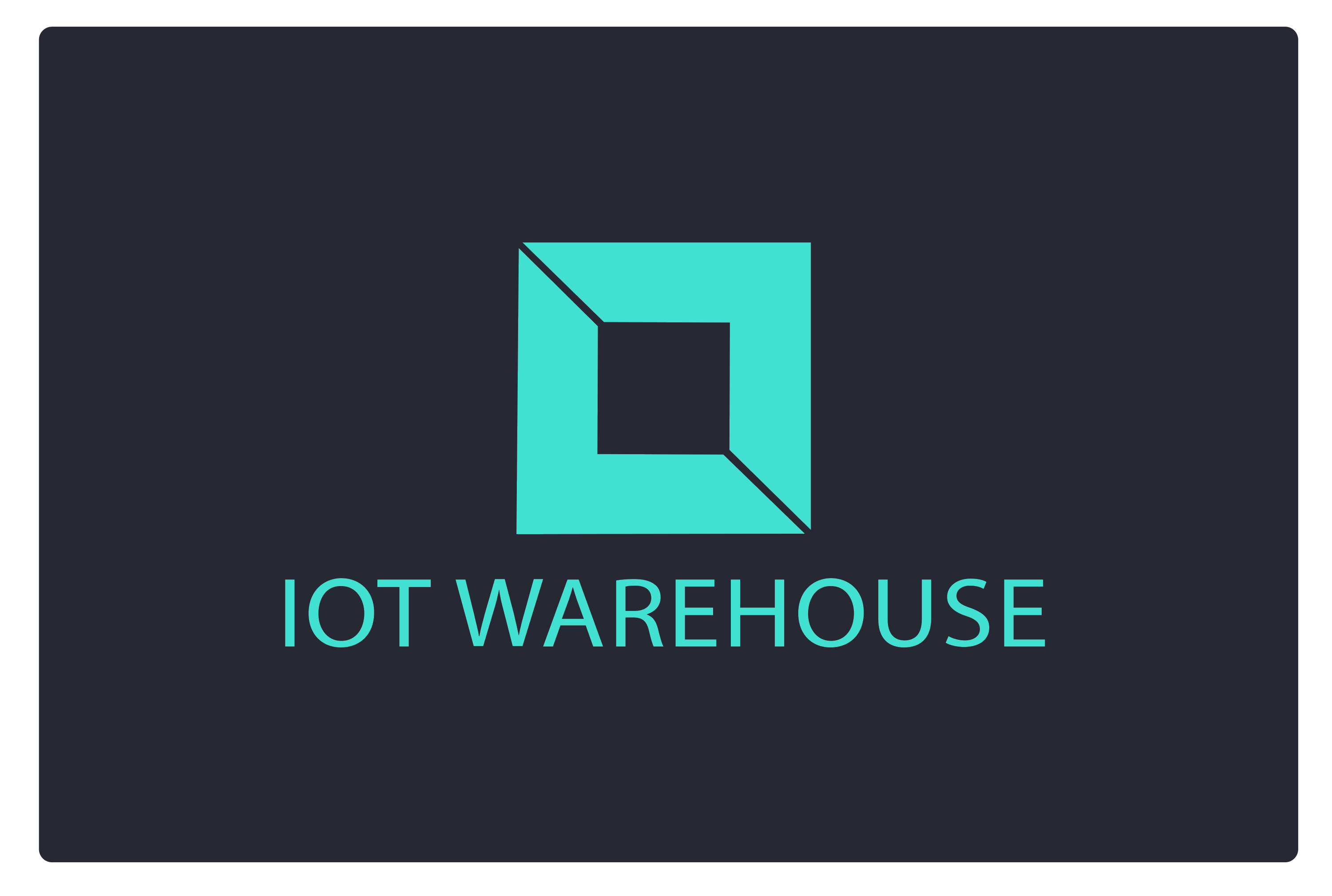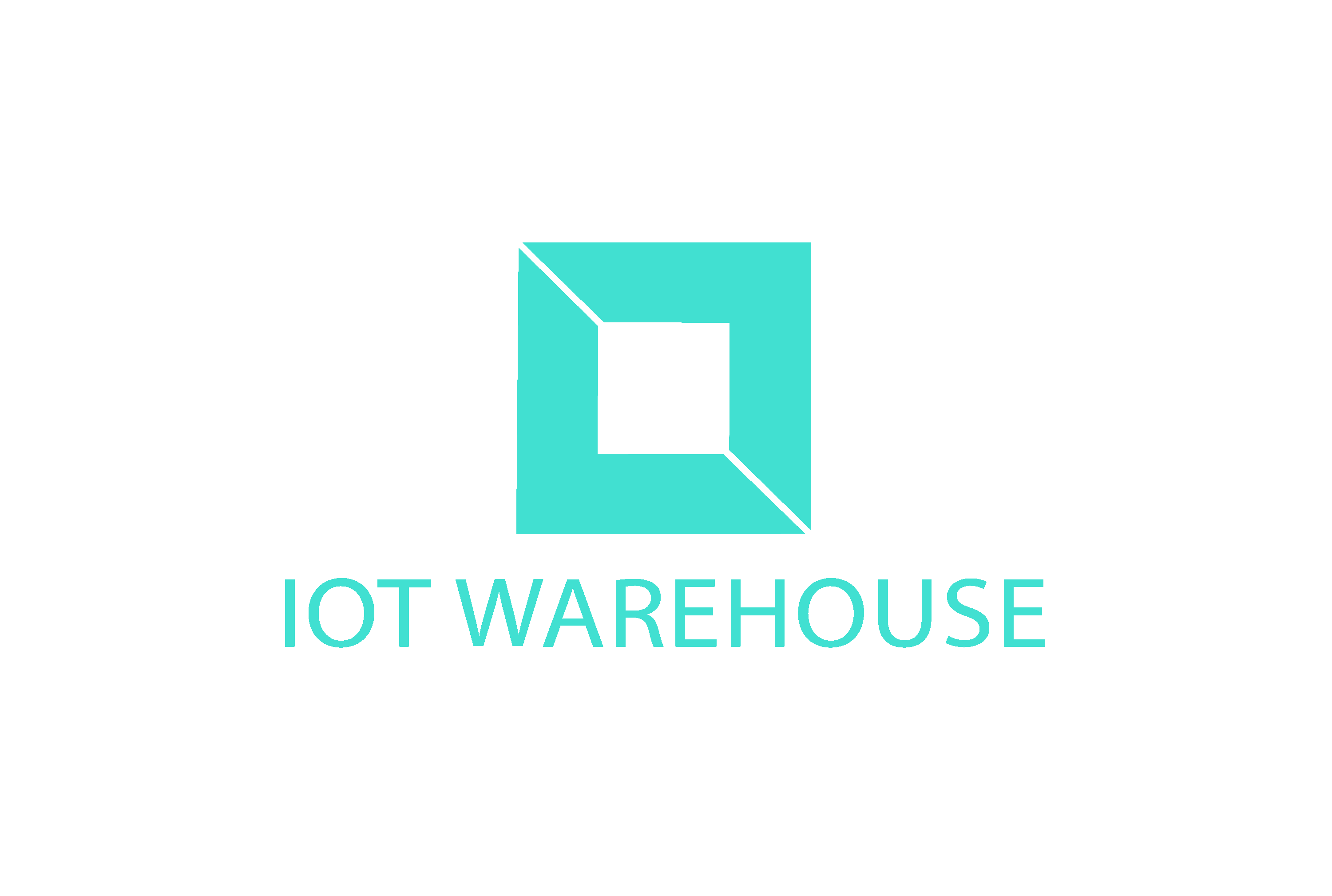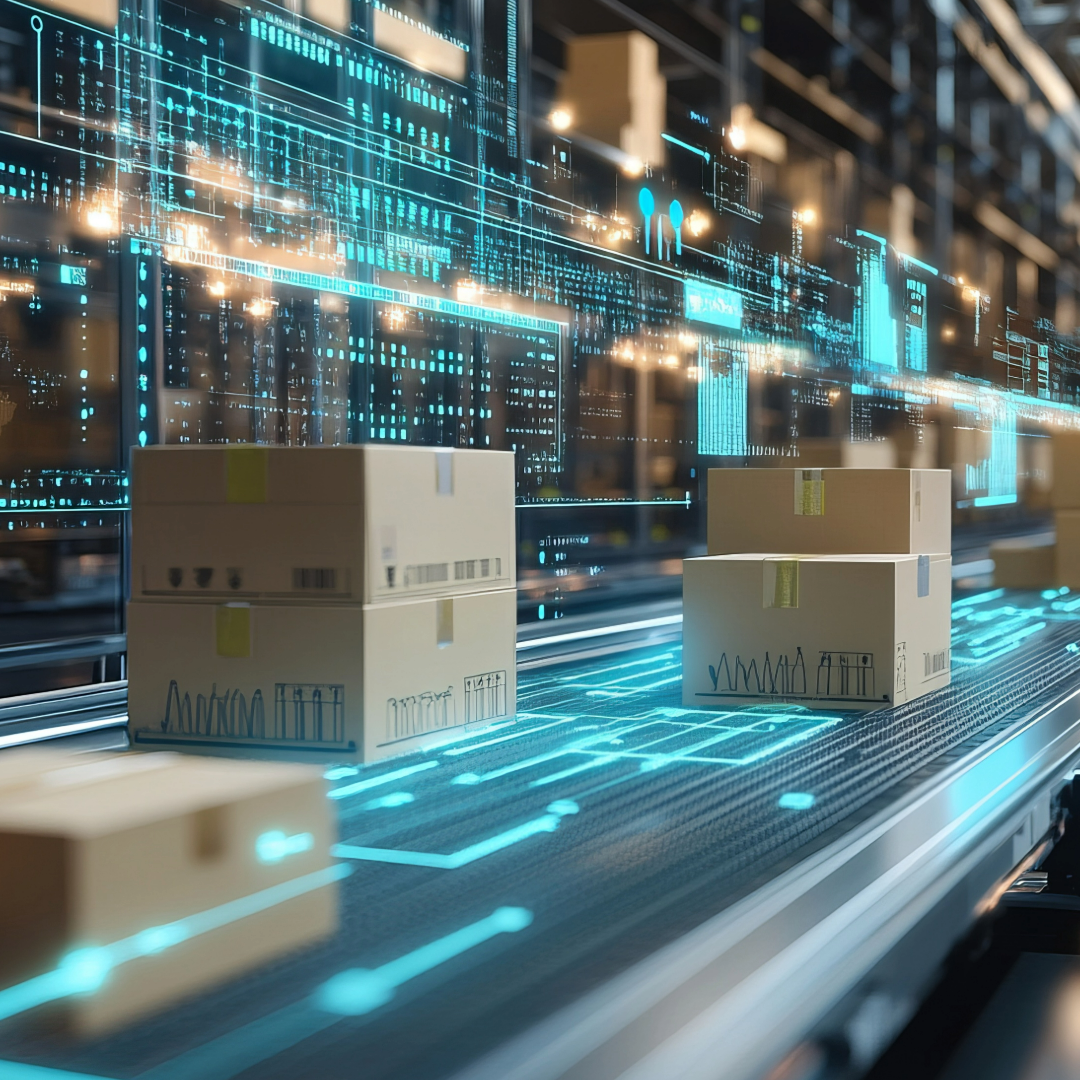Warehouses are often significant operations, across large footprints and with multiple tasks so they are far from simple. There are many ways that wireless IoT technology can be deployed in warehouses to eliminate waste, drive down costs and improve productivity but what do they look like and how can we create a more unified, holistic solution?

RFID Technology
Large scale warehousing is an asset management task and the use of RFID or Radio Frequency Identification Tags allows real time tracking for better management and understanding of efficiency. By using RFID we can greatly reduce losses, inventory management issues and costly manual counts but we also enable end-to-end supply chain management. Another added benefit is in the RMA or returns process and reporting.

Sensors and Actuators
There are many valuable uses for IoT in warehouses and warehousing such as weight measurement sensors, environmental sensors (cold chain management, ambient storage and more) and of course motion sensors that can analyse labour movement or efficiency. Every use of this type of technology can drive down costs, eliminate waste and derive real benefits to your organisation.
Critical equipment management sensors and actuators
Another hugely important solution for this sector is the management of assets such as conveyors, fork trucks and barcode readers as they are crucial in important daily tasks. Understanding that they are in service and working as they should is a must but the ability to monitor them and compile proactive maintenance schedules can be a valuable tool in managing costs and down time.
Robotics and Automation
Using robots or collaborative robots (cobots) is a sure fire way to be more efficient, remove laborious or labour costly process and speed up processes within warehouses and warehousing. Robots can pick, move and manage material within the order process and make for slicker and more efficient operations. Automations are another way to finetune the processes from goods in to goods out and IoT platforms that offer low or no-code automations are a valuable tool in agile workplaces.

Energy Management
Warehouses are large, complex facilities and the management of energy use within them can provide significant cost savings whilst also helping to meet ever tightening ESG or Net Zero targets. In use energy monitoring and a visual breakdown of where and when the energy is being used provide important data for change. As the saying goes, 'you cannot optimise what you cannot see' and this is true for warehouses and warehousing where waste can be managed better.
Smart Lighting and Emergency Lighting
One of the largest costs in a warehouse environment is lighting as they are big and tall buildings that in most cases still require good quality lighting. Using smart lighting (preferably connected to wider solutions) can help dim or even turn off areas with no occupancy or need for lighting but could also be used as part of a bluetooth beaconing system for asset tracking purposes. unifying lighting and asset tracking could be more cost effective (in the capex) but also could help control the lighting more closely for further ongoing savings. Smart emergency lighting ensures total compliance and safety by automating tests, management and monitoring of the entire emergency lighting system for ultimate peace of mind. No manual tests, no concerns about failures and no unscheduled down time for repairs.
Edge computing and cloud computing
Two different uses of computer processing power but both are important tools in the future of IoT in warehouses and warehousing. Edge computing (processing data on the edge and packing it in batches for onward communication of non urgent data streams) is key in managing data flow and connectivity within warehouses. Some communication methods are expensive and some have limited transmission time, it is important to manage this and edge computing is a great tool. Take our legionella monitoring device, it is monitoring 24/7 for compliance of events and temperatures but there is no need for urgent data transmission so using edge computing we compile data and transmit less frequently whilst keeping originating timestamps for compliance. Cloud computing is the more well known of the two and offers vast space to store, analyse and automate data streams from hundreds, thousands or even millions of IoT devices. Once normalised and available, almost infinite amounts of data are easily analysed with or without the aid of ML (machine learning) or AI (artificial intelligence).
Predictive and Proactive solutions
With the use of IoT devices and software (especially unified solutions such as ours) the ability to be predictive and proactive increases exponentially and rather than simple data and analytics, you have huge information reserves and tools to process and find valuable insight. Proactive maintenance, digital twins, increased asset (and stock) management and much more in a unified and automated process flow. Usage patterns of equipment help form understanding of efficiency and productivity while also helping with asset management and breakdowns.

Augmented and Virtual Reality
Most of us have seen VR or Virtual Reality solutions for consumer applications but they (along with AR solutions) can be crucial for commerce. Virtual reality glasses are being used for lower cost training delivery that ensure a repeatable and high quality experience. Augmented reality devices and help guide pickers to the goods or undertake stock checks faster and with more accuracy. The low cost and fast advancement of AR is seeing it being deployed across almost all sectors and warehouses and warehousing are no exception.
A single pane of glass view
As you can see there are many uses of IoT in warehouses and warehousing (including many more not mentioned in this article) and all of them can create savings, eliminate waste and drive better efficiency. One added thing though to supercharge any environment is to unify ALL of them within one, powerful, single log-in solution. This way you get to analyse across every data point to see how your operation works, find interdependencies and eliminate more waste. Training and management also become infinitely easier and ongoing costs are driven down while ROI increases.

Find out more and book a discovery call to see how your organisation could use technology.








Share:
What is MID certification?
What is the potential of Smart Hospitals and Health Centres?